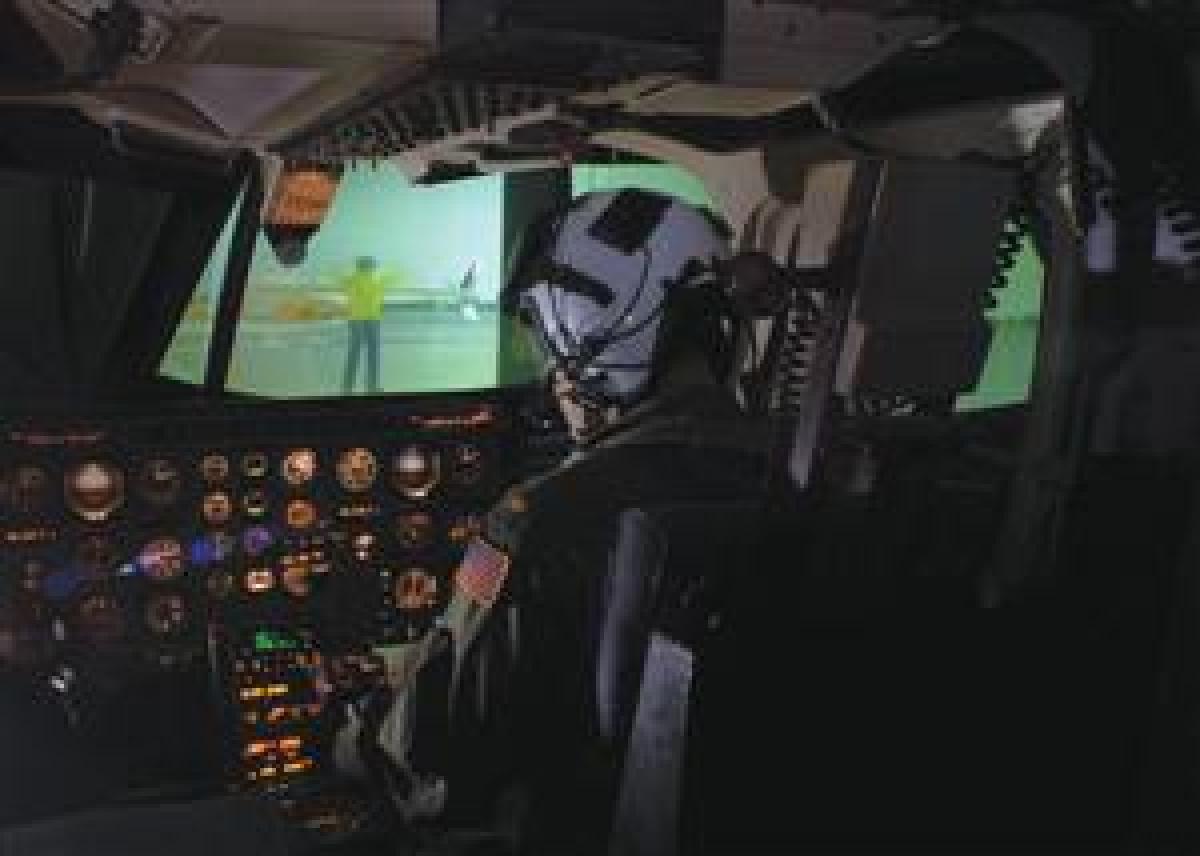This month we revisit a topic that we last looked at in detail in our December 2005 issue—simulation and training. Four years may seem like a short span, but in the world of simulation systems, it's a generation. During that time, technology has grown by leaps and bounds while constantly gaining popularity in training service members for combat operations. In our lead story, "Simulation: The (Almost) Real Thing," veteran journalist Art Pine details this trend, reporting on its virtues—convenient proximity, capacity, cost savings, and what he calls "eye-popping" realism—and its limitations and challenges for training troops in ground combat. Vice Admiral Pete Daly, Deputy Commander, U.S. Fleet Forces Command, then weighs in with his rundown of how joint and Coalition forces are teaming with the U.S. Navy in what has been dubbed "Fleet Synthetic Training" that allows participants to take part in the same exercises from different locations around the world.
But is there a potential downside to all this realistic simulation? Can one become too proficient at the pretend without being competent at the real thing? During my time on ICBM alert duty, you were having a good day if you didn't have to fight an equipment fire or launch any sorties. So the only way you could practice your craft, unlike flying or shiphandling, was in the trainer. One of my fellow instructors once boasted that while he could teach his wife to sit alerts with a only week's worth of training (the Strategic Air Command schoolhouse course was 16 weeks in those days) "where you really earn your money is in the trainer." I saw many officers become adept at gaming simulator scripts and earn the coveted "outstanding performer" rating on their evaluations, only to be tripped up in the field by some simple scenario they had never before encountered. Keep in mind that we were training with late-1970s vintage technology (yes, even in the early- to mid-1990s) and there were limitations to what it could do. Not so with today's systems that blur the line ever more between reality and simulation.
Admiral Daly agrees with retired Navy Captain Rolf Yngve in saying that simulation is no substitute for live training. Captain Yngve's cautionary tale uses late-night talk-show host Conan O'Brien's defeat of Serena Williams in Wii tennis to illustrate the danger of becoming expert at simulation at the expense of not mastering the actual hands-on task. All three pieces in this package acknowledge the usefulness of simulation as a training tool, but warn its practitioners not to rely too heavily on its enticing bells and whistles in lieu of the real thing.
Over the more than two decades since its publication, The Maritime Strategy of the 1980s has taken on an almost mythic status. To many in the Sea Services it has become something of a sacred text and the model for any future documents of its type. When, after great anticipation, its successor, A Cooperative Strategy for 21st Century Seapower was released in the fall of 2007, it landed with a bit of a thud. Perhaps people expected too much. The new strategy had big shoes to fill. After all, its elder sibling had played a key role in winning the Cold War. Former Secretary of the Navy John Lehman, evaluating the document in these pages in November of that year, called it "a bravura performance" but pointed out, as many other critics have since, that it failed to provide a "clear and well articulated statement of what we need to implement that strategy—tightly bound to the strategy itself."
In this issue we look at the machinations underlying the new strategy. Navy Reserve Lieutenant John Ennis, at the time serving on Vice Admiral John Morgan's staff, was involved in shaping the final product and provides our readers with a behind-the-scenes glimpse of exactly what transpired. He reveals that force structure did indeed come up in the sometimes contentious discussions, along with many other considerations. I won't give too much away here but I think you'll be enlightened after reading his "Inside the New Maritime Strategy" on page 68. It may simply be far too early to tell yet what kind of long-term impact A Cooperative Strategy might have on key policymakers. Who knows, perhaps in 2030, we'll be reading an article in Proceedings lauding the strategy as a landmark document. Stay tuned.



